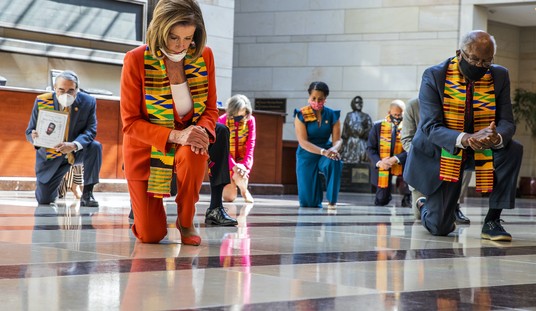While some states have largely settled their redistricting tasks following the last census – even if the “solution” is being challenged in court – others are still battling it out even as campaign season begins. This leaves a lot of elected officials and potential candidates, as well as voters, in a state of confusion over where to focus their efforts for the coming year. This is the case in New York, where state legislators seem no closer to a resolution than they did a year ago. I was pointed to an article from a college newspaper yesterday which inadvertently highlights some of the fundamental flaws in the process.
Josh Zingher, a doctoral candidate in BU’s political science department, said that “the only way” to explain the shape of NY-22 is partisan gerrymandering designed to protect current incumbent Maurice Hinchey (D) from losing his congressional seat.
“He would have lost the last election if it weren’t for Ithaca [being added to his district], and probably by a wide margin,” Zingher said. “Establishing how to look at his district and establish how it is not a partisan gerrymander is a tall task.”
Zingher is developing his own redistricting plan for New York as part of a competition sponsored by Fordham University. He said the key to fair redistricting is drawing competitive districts.
“Even the districts Republicans win now, they’re overwhelmingly not competitive. They’re designed to protect incumbents,” Zingher said. “I think the overall takeaway is don’t draw districts that look like bug splats on a windshield and draw districts where both parties have a good chance to win.”
The competition mentioned is a project from Fordham University which seeks to bring political outsiders into the redistricting process, including a ten year old grade school student. This should give us pause right up front. If you’ve got a contender to redraw your district lines who is missing meetings because he was grounded for not cleaning his room, you may be taking the wrong approach.
But the larger issue is found in the final paragraph above. People still seem to be approaching the redistricting problem from a starting point of saying that the district composition needs to be “fair.” And by fair they mean, “competitive.” It’s a lovely thought and one I find personally appealing in terms of getting rid of some of these “members for life” in Congress, but does it really make sense? Is it actually “fair?”
I’m afraid the answer is a resounding no, and there are plenty of reasons for that. First of all, human population in America doesn’t automatically fall out in some sort of evenly divided sprinkling of folks with one ideological slant or another as if they were released from a Brownian Motion Generator. There are huge tracts of land in many southern and Midwestern states where you’re going to run into a lot of Right leaning folks and not too many lefties. And what sort of convoluted buckshot pattern would you need to carve out in any portion of Manhattan to find a competitive number of conservatives? It simply doesn’t work that way.
If you want to be truly “fair” then you need to carve out districts where the voters will select someone who best represents their views, even if you don’t like the results. That means cutting the lines into districts which are as compact as possible and evenly spaced along the landscape as may be managed. A good rule of thumb I once saw suggested was that there should be no two points in any district (except along the very edge of oddly shaped states) where you can draw a line which crosses the territory of another district. They can’t all be square, of course, but they can all be compact and roughly square or circular in shape.
This may give us a lot of “non-competitive” districts by party line, but over the expanse of the entire nation it will still result in a diversity of members which reflects the total population. Cutting back room deals to hack out these nightmare shaped, gerrymandered monstrosities just to protect the interests of one party or the other decreases the confidence of voters in the government and drives off talented leaders who might otherwise run.








Join the conversation as a VIP Member